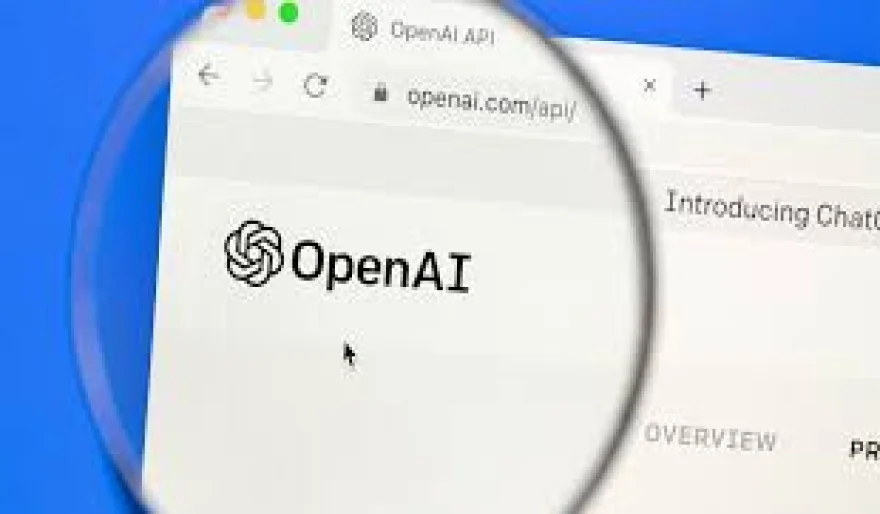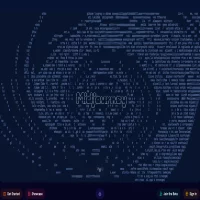Stay Ahead of the Curve
Latest AI news, expert analysis, bold opinions, and key trends — delivered to your inbox.
OpenAI Unveils New Tools to Detect AI-Generated Images
4 min read OpenAI, known for pioneering AI tools such as ChatGPT, is breaking ground with its latest venture: the creation of advanced image detection tools. This endeavor addresses the escalating issue of synthetic content circulating online, with a particular emphasis on AI-generated images. May 08, 2024 06:28
OpenAI, the research company behind popular AI tools like ChatGPT, is making waves with the development of new image detection tools. This initiative tackles the growing concern of inauthentic content being shared online, specifically focusing on images created by AI.
Here's a closer look at what OpenAI is bringing to the table:
-
Spotting DALL-E Creations: The new image classifier specifically targets content generated by OpenAI's own DALL-E image generation tool. Boasting an impressive 98% accuracy rate, even for edited images, this tool can help identify AI-generated content within a vast pool of online images.
-
Beyond DALL-E: OpenAI isn't stopping there. They're also exploring new watermarking methods to more clearly flag content generated by their AI tools. This could potentially be expanded to encompass a wider range of AI-generated content in the future.
-
Transparency and Collaboration: OpenAI emphasizes the importance of transparency in the digital age. Their goal is to equip users with the ability to verify the authenticity of images and empower researchers and journalists to combat the spread of misinformation.
-
A Call for Testers: OpenAI is actively seeking testers for their image detection classifier. Researchers and non-profit journalism organizations can apply to gain access and contribute to refining the tool's effectiveness.
Why is this important?
The ability to detect AI-generated images has significant implications for several reasons:
- Combating Misinformation: AI-generated images can be incredibly realistic, making it difficult to distinguish them from real photographs. This detection tool can help prevent the spread of manipulated content online.
- Copyright and Attribution: As AI-generated art becomes more prevalent, identifying AI-created images can help ensure proper copyright attribution and fair use.
- Understanding AI's Impact: By tracking the spread of AI-generated images, researchers can gain valuable insights into the impact of AI on content creation and consumption.
The Future of AI Image Detection
OpenAI's initiative is a significant step towards a more transparent and accountable online environment. As AI image generation continues to evolve, so too will the need for robust detection tools. OpenAI's approach, with its focus on collaboration and user testing, paves the way for a future where AI-generated content is clearly identified and responsibly used.



















 AI Agents
AI Agents